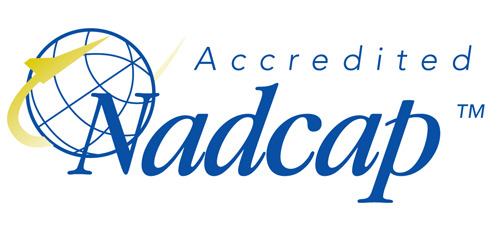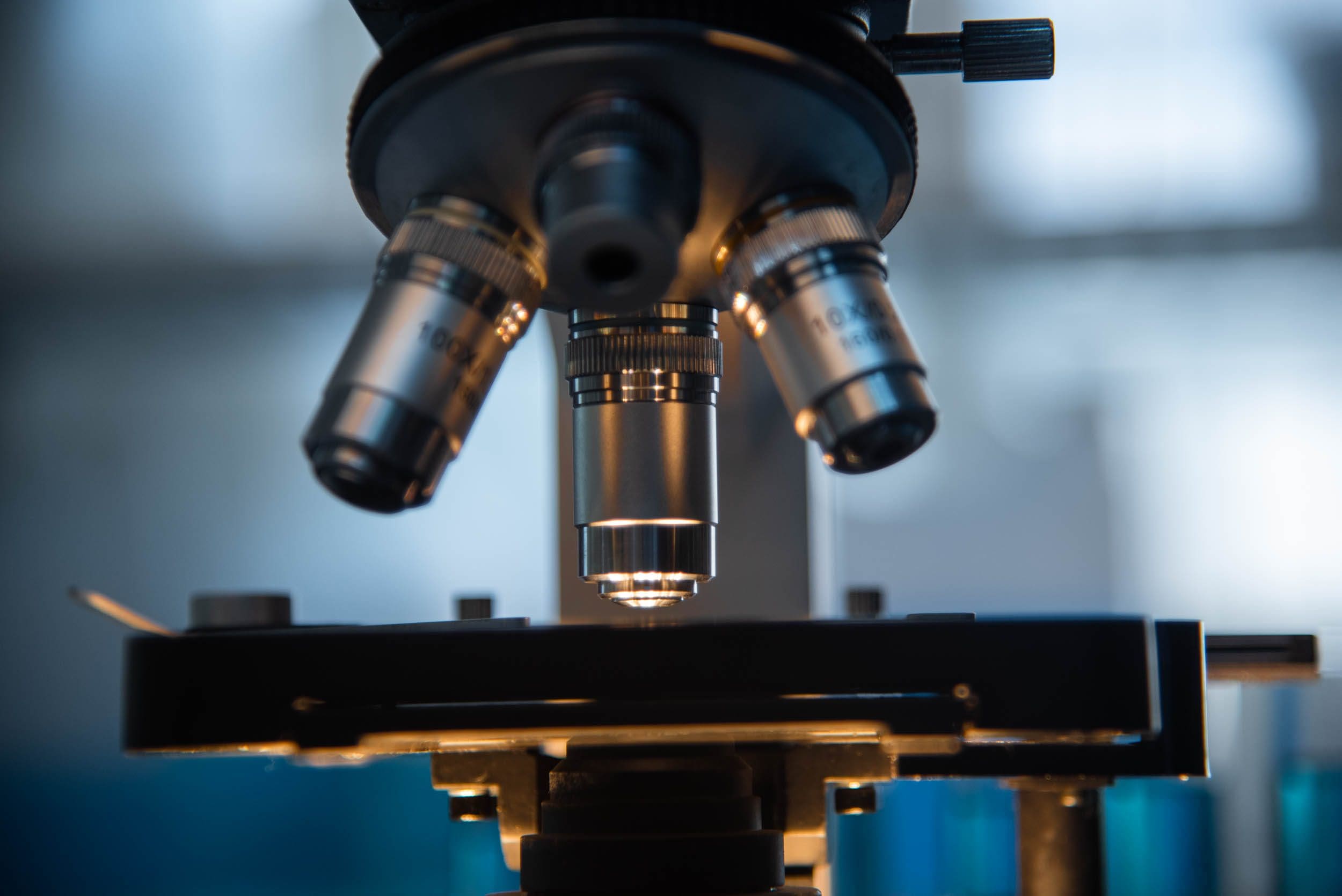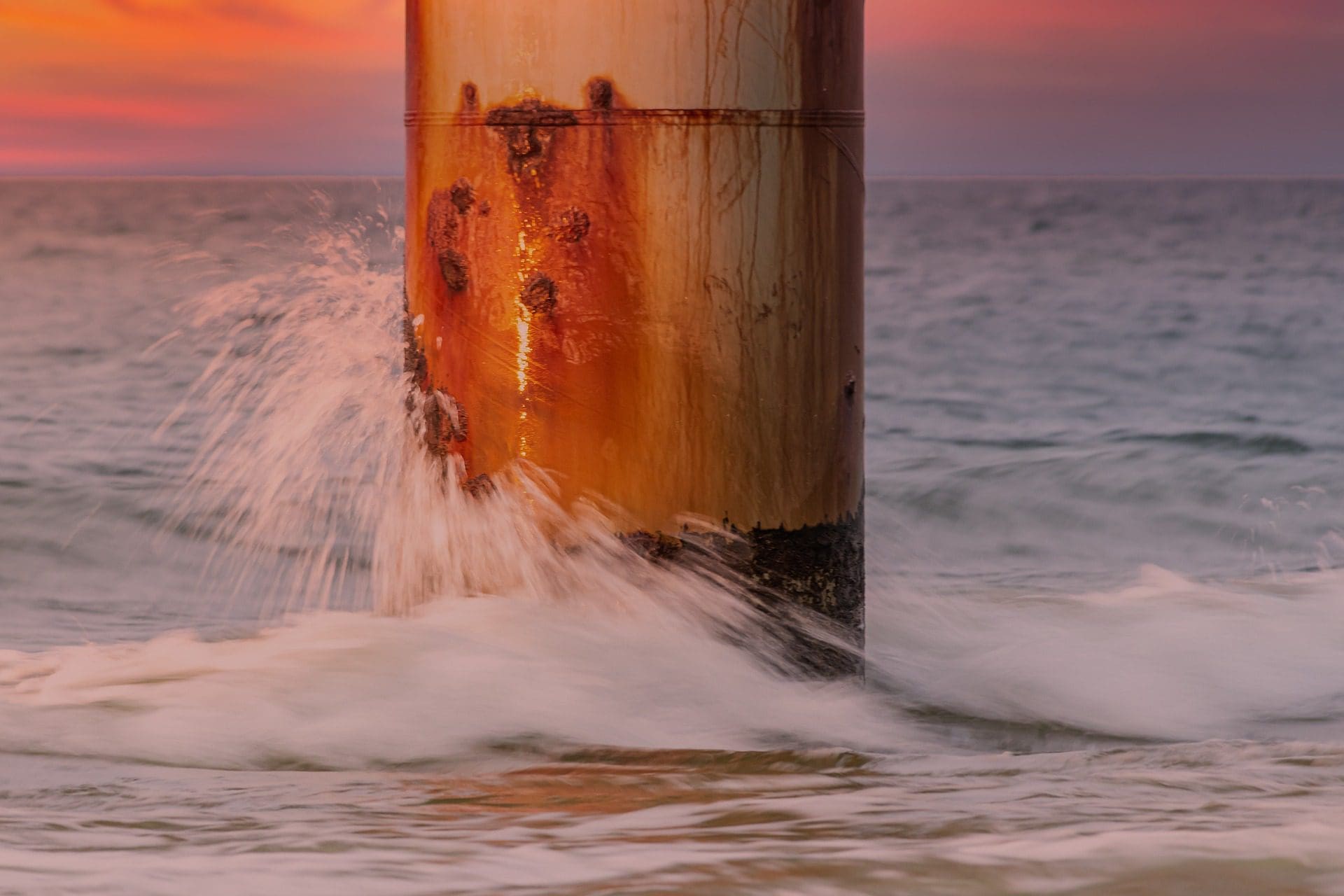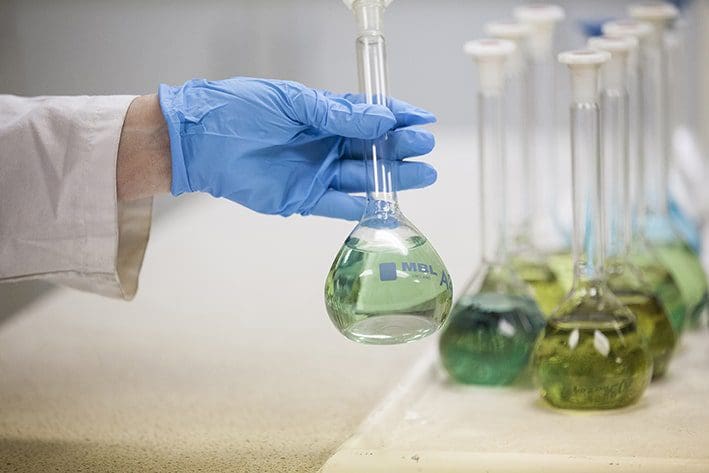Metallography
Corrosion Testing
Corrosion is a major challenge for industries relying on metal components, affecting safety, durability, and operations. Our Corrosion Testing services help mitigate these risks by ensuring the integrity and longevity of your materials.
Explore how we work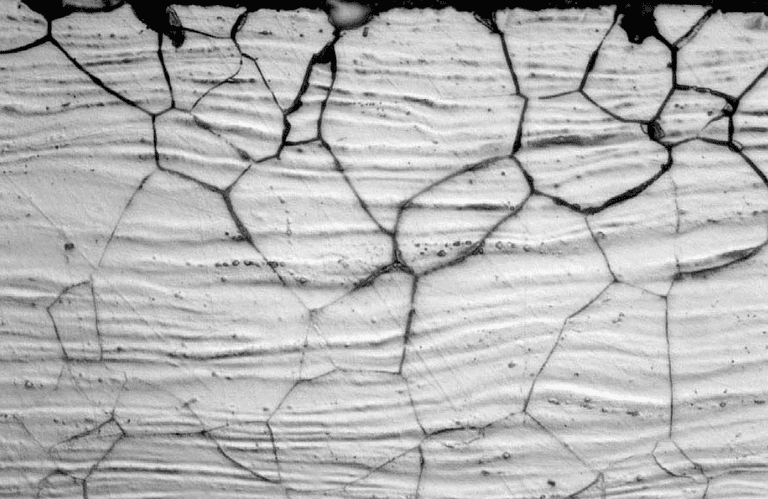
Interested? Let’s talk.
Send us an enquiry
What is Corrosion Testing?
Corrosion Testing helps to analyse a metal’s resistance to corrosion or identify any weakness and vulnerabilities.
Corrosion damage is the gradual deterioration of materials, typically metals, due to adverse reactions with the environment, such as exposure to moisture, oxygen, acids and other chemicals.
The consequences of corrosion are extensive, impacting industries by causing structural failures, safety hazards, reduced strength and durability, loss of functionality, and increased maintenance expenses. Detecting the early signs of corrosion is crucial to either repair the damage or replace the affected components promptly.
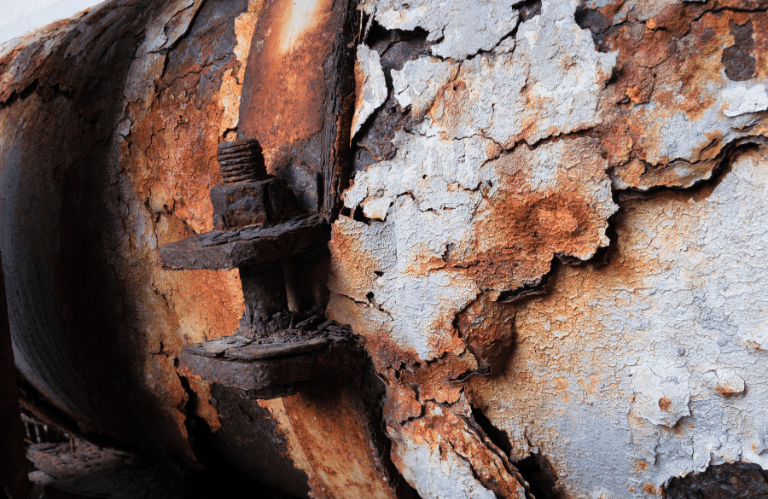
Who we've partnered with...





Key benefits
Early Detection of Vulnerabilities
By identifying a material's susceptibility to corrosion, potential weaknesses can be addressed before they lead to structural failures or safety hazards.
Cost Savings
Detecting and mitigating corrosion early reduces maintenance expenses and prevents costly repairs or replacements due to advanced deterioration.
Quality Assurance
Corrosion Testing ensures that materials meet industry standards and performance requirements, verifying their suitability for specific applications and environments.
Enhanced Safety and Reliability
With Corrosion Testing, industries can make informed decisions to enhance the safety and reliability of their products and infrastructure.
Let's talk
Send one of the team a message
Not seeing what you expected?
Try using our search
Explore what our clients say
How we'll work with you
At every stage of our partnership, we focus on identifying potential risks and optimising your production processes to ensure safety, efficiency, and reliability.
Reduce downtime, avoid costly failures, and streamline maintenance schedules.
Our testing supports smoother production processes and improved overall efficiency. By partnering with us, you gain not only valuable data but also strategic support to optimise your production processes and achieve long-term operational success.

Our Corrosion Testing methods
We test a variety of metals, including duplex and austenitic stainless steels and wrought nickel-rich chromium-bearing alloys.
Intergranular Corrosion (IGC)
Used to evaluate the susceptibility of metallic materials, particularly alloys, to corrosion along grain boundaries. We work to Huey Test ASTM A262 – Practice E. and ASTM G28 standards.
Pitting Corrosion Testing
Used to assess the susceptibility of metals to a specific form of localised corrosion known as pitting corrosion. We work to ASTM G48 Method A and A923 Method C standards.
Rate Corrosion Testing
Used to examine the rate at which corrosion occurs on a material exposed to a corrosive environment.
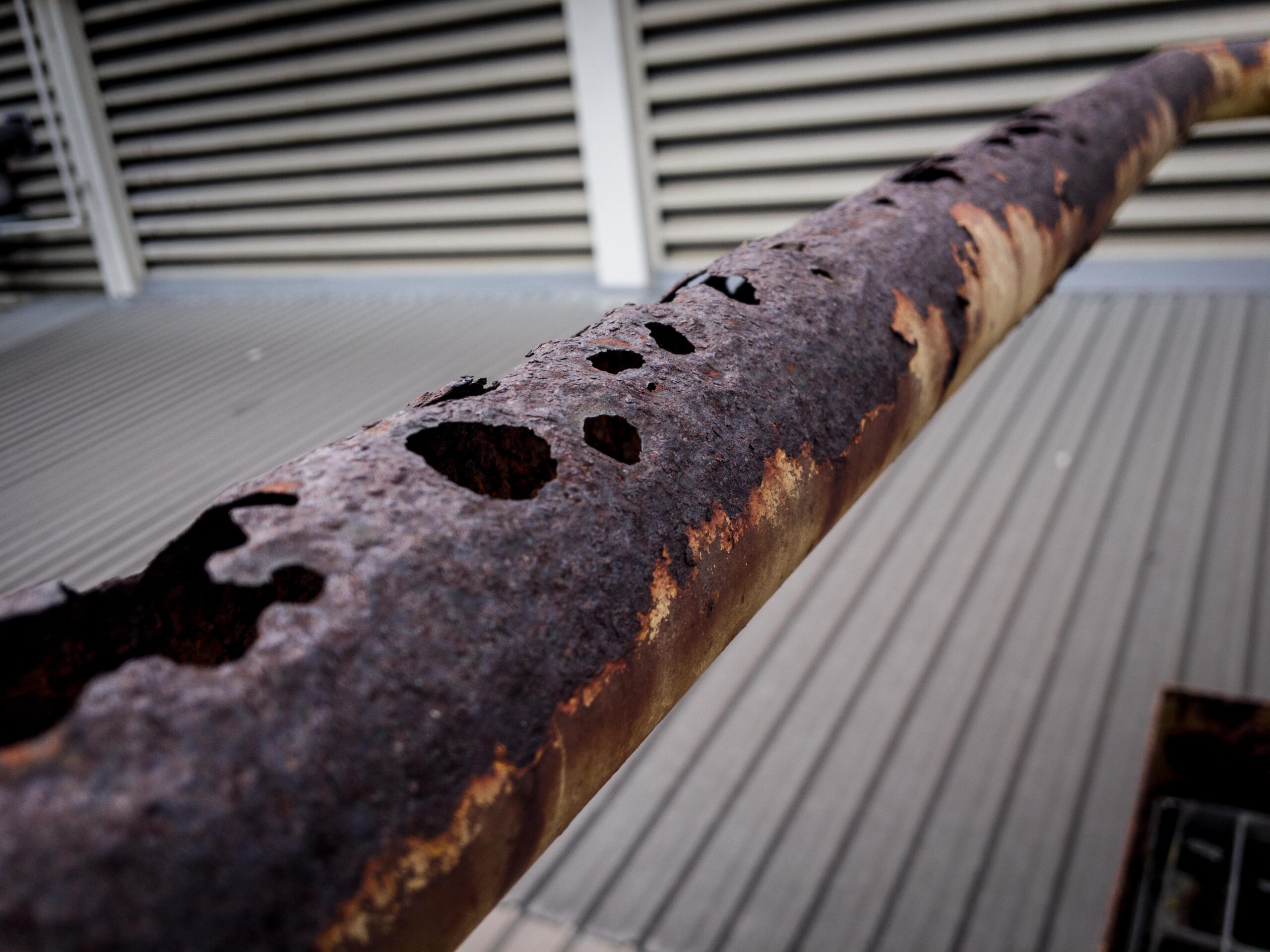
Our process
Speak to us about the processLet’s talk. Ask us anything.
Send one of the team a message
Why choose BES Group?
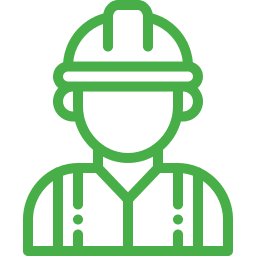
800+ expert engineers
Our team of skilled engineers possesses a wealth of expertise.
A legacy of 160+ years of experience
We’re always evolving our approach to future proof our services.

35,000 satisfied customers
A strong reputation for providing exceptional service.
Frequently asked questions
How is corrosion damage detected?
Corrosion damage can be detected through a variety of testing methods, such as Visual Inspection, Non-Destructive Testing, and laboratory analysis of samples.
Destructive Testing methods can be used to identify corrosion by examining the surface of the material for signs of rust or pitting. Additionally, the material can be cut open to inspect the extent of corrosion within.
To better understand the extent of corrosion damage, it is essential to determine the type of corrosion present. Some common types of corrosion include Intergranular Corrosion, Pitting Corrosion, and Crevice Corrosion. Each type of corrosion can be identified using specific detection methods.
By using the appropriate detection and prevention methods, the negative effects of corrosion can be minimised, and the lifespan of materials can be extended.
What are some early signs of corrosion damage?
Some early signs of corrosion include discoloration, pitting, roughness, and flaking of the surface. You may also notice a powdery residue or rust-coloured stains on the affected area. It’s important to address these signs promptly to prevent further damage.
These early signs of corrosion damage can include:
- Discoloration or staining on metal surfaces
- Flaking or peeling of paint or coatings
- Formation of rust or white powdery substances on metal
- Pitting or small holes on metal surfaces
- Soft spots or weak areas on metal structures
- Cracks or splits in metal
- Loose or missing fasteners or connections
- Changes in the shape or structure of metal
- Leaks or drips from metal pipes or tanks
- Unusual noises or vibrations from metal equipment
How does corrosion damage affect different metals?
Different materials are affected by corrosion damage in different ways.
- Rust and discolouration are common forms of corrosion in metals, which occurs when iron or steel reacts with oxygen and moisture in the air.
- Corrosion can weaken the structural integrity of lead-based objects, making them more prone to failure.
- Nickel metals can also experience corrosion damage, causing them to deteriorate over time and resulting in a loss of strength and durability.
- Aluminium and copper metals can also experience corrosion, but they develop a layer on their surface that can slow down the corrosion process.
Are there any metals that are more resistant to corrosion?
Some metals are well known for their corrosion-resistant properties, such as stainless steel, aluminium, and cupronickel alloys.
Stainless steel contains elements of chromium which helps it to form a naturally occurring, thin oxide layer across the surface of the metal to aid against corrosion damage. This protective coating makes it an extremely useful material for manufacturing a wide range of products and is used across many industries including nuclear and energy, marine and maritime, transportation, and much more.
Aluminium also forms an oxide layer when it encounters oxygen. While aluminium is naturally resistant to corrosion, it can still be affected by certain chemicals or conditions, so it is important to choose the right type of aluminium depending on its intended environment and take appropriate precautions to maintain its integrity.
Cupronickels are known for their excellent corrosion resistance. Some of its other properties and characteristics are good ductility, excellent thermal conductivity, and high electrical conductivity. It is commonly used in marine applications due to its resistance to seawater corrosion and in electrical components due to its conductivity.
Brass is an alloy of copper and zinc, and its corrosion resistance depends on the amount of zinc present. Higher zinc content can improve its resistance to certain types of corrosion.
Bronze is another copper alloy that can be resistant to corrosion, particularly in marine environments. Its resistance comes from the formation of a protective patina on its surface.
Copper itself is known for its excellent electrical conductivity, but it can also be corrosion-resistant in certain applications. Like bronze, copper can develop a patina that helps protect it from further oxidation.
Each of these metals has unique properties that make them suitable for different applications where corrosion resistance is important.
What industries are most affected by corrosion damage?
Whilst every industry can be affected by corrosion damage, there are certain industries that can experience corrosion more often than others.
- Transportation, Automotive and Aerospace; corrosion can be caused by weather conditions such as heavy rains and increasing flooding risks. This can affect vehicles, trains and train tracks, road traffic systems and safety signs.
- Automotive and Aerospace; corrosion can occur on key components such as jet engines, gearboxes, braking systems which can affect the safety and quality of essential components.
- Marine and Maritime; corrosion is extremely likely due to constant exposure of salt water and harsh environments. Ships, oil rigs and offshore energy systems can all be affected by corrosion.
- Construction; corrosion can affect the durability, safety and structural integrity of bridges, buildings, and other types of infrastructure.
- Energy, Oil and Utilities; corrosion can cause damage to integral pipelines for gas, water and oil supplies which can have an adverse effect on the environment and economy.
- Manufacturing; corrosion of key components and parts, can lead to machine breakdowns or failure of crucial production lines, resulting in significant downtime of equipment and reduced productivity.
It is essential for industries to take a proactive approach to corrosion prevention and mitigation to minimize the risks and costs associated with this pervasive problem.
Is it possible to prevent corrosion damage?
Choosing the right materials for manufacturing components and products, such a corrosion-resistant alloys and metals, is the first step towards preventing corrosion damage. Factors such as the materials’ exposure to its intended environment, temperature, humidity, and any harsh chemicals or conditions are some key considerations when choosing appropriate materials.
Once the right material has been chosen, protective barriers or coatings on the material should be considered to aid in the prevention of corrosion damage. Coatings such as powders or paints, plating, anodising, and galvanising are all useful methods to give additional protection to a finished product.
Product aftercare is crucial; proper maintenance, such as regular inspection and cleaning of products and components can help detect early signs of corrosion or damage. If the environmental conditions can be controlled (maintaining humidity, temperature, and ventilation levels) they can support the prevention of corrosion damage.
It is important to note that corrosion is not always preventable, but identifying early signs of damage and taking necessary measures means that it can be managed effectively and reduces the likelihood of failure.
What are the economic impacts of corrosion damage?
The economic impacts of corrosion damage include lost productivity, increased maintenance costs, and reduced lifespan of a product or component.
In addition to the economic impacts, corrosion damage can also have far-reaching environmental consequences. Corrosion can cause leaks and spills, leading to soil and water pollution. This can harm wildlife and ecosystems, and can also affect human health if contaminated water or soil is consumed.
Sectors we service
Dive into the diverse landscapes where BES Group sparks innovation and drives impact.

Explore sector
Aerospace and Defence

Explore sector
Agriculture
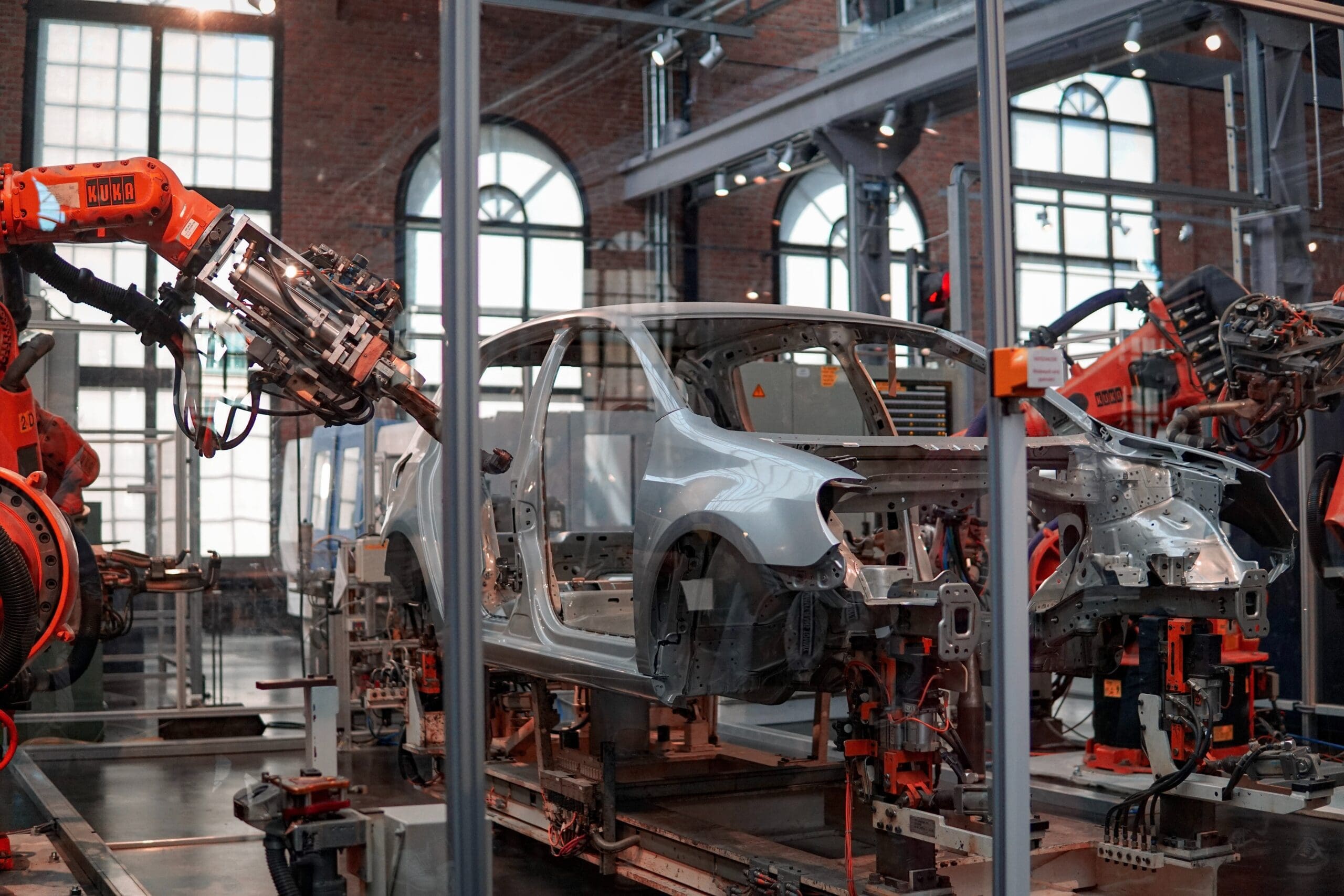
Explore sector
Automotive
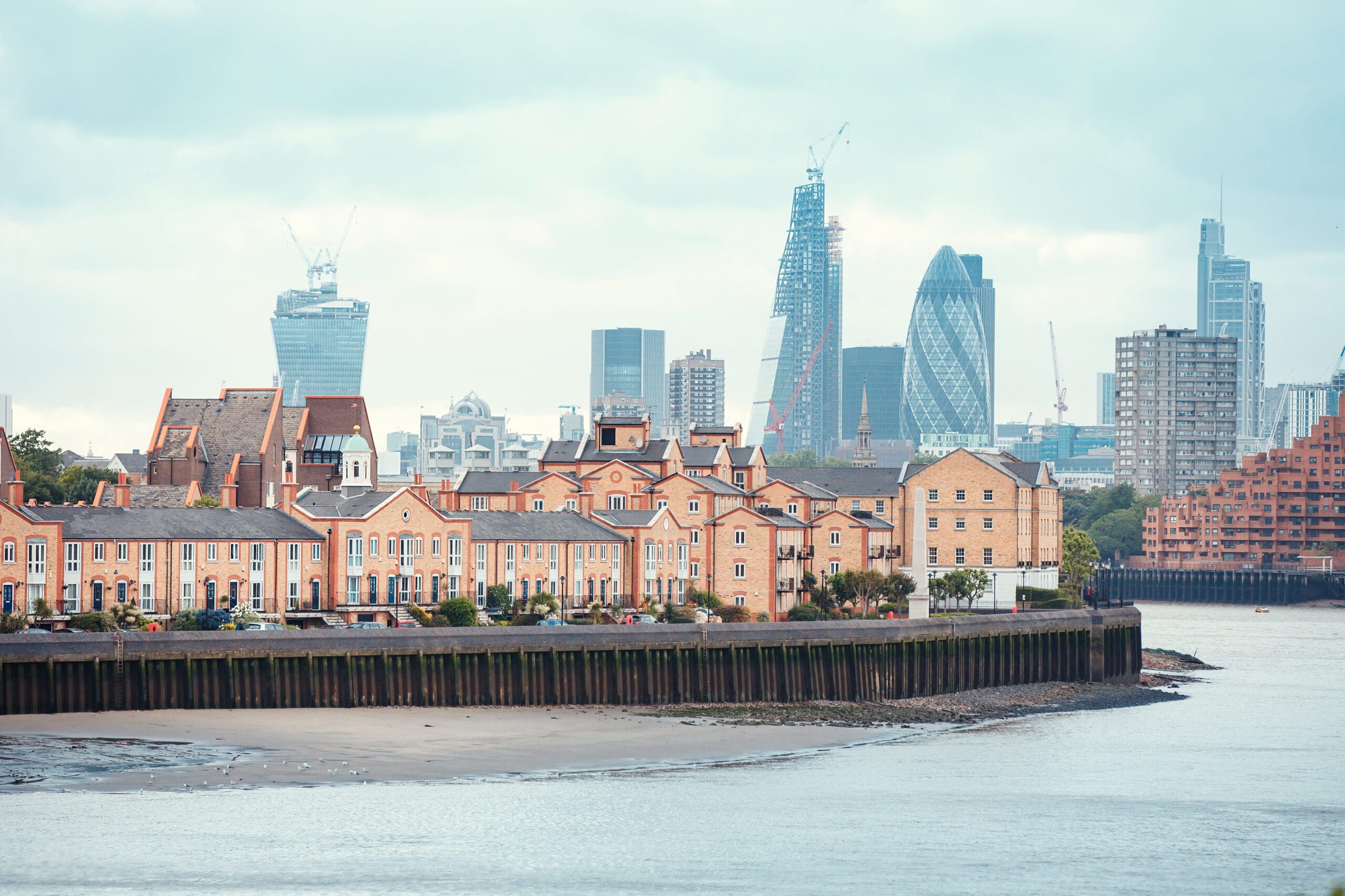
Explore sector
Building, Properties and Real Estate

Explore sector
Manufacturing
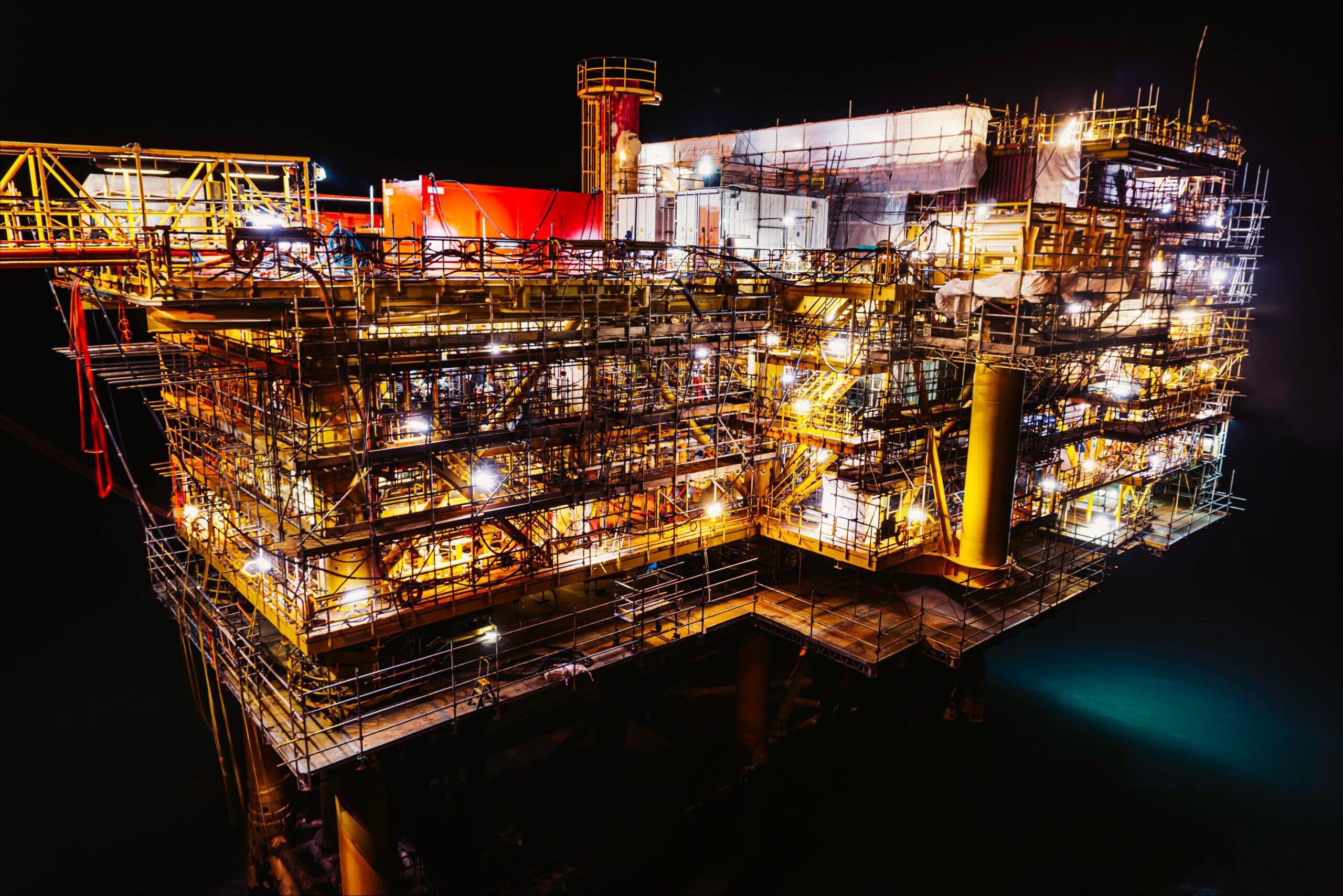
Explore sector
Marine and Offshore
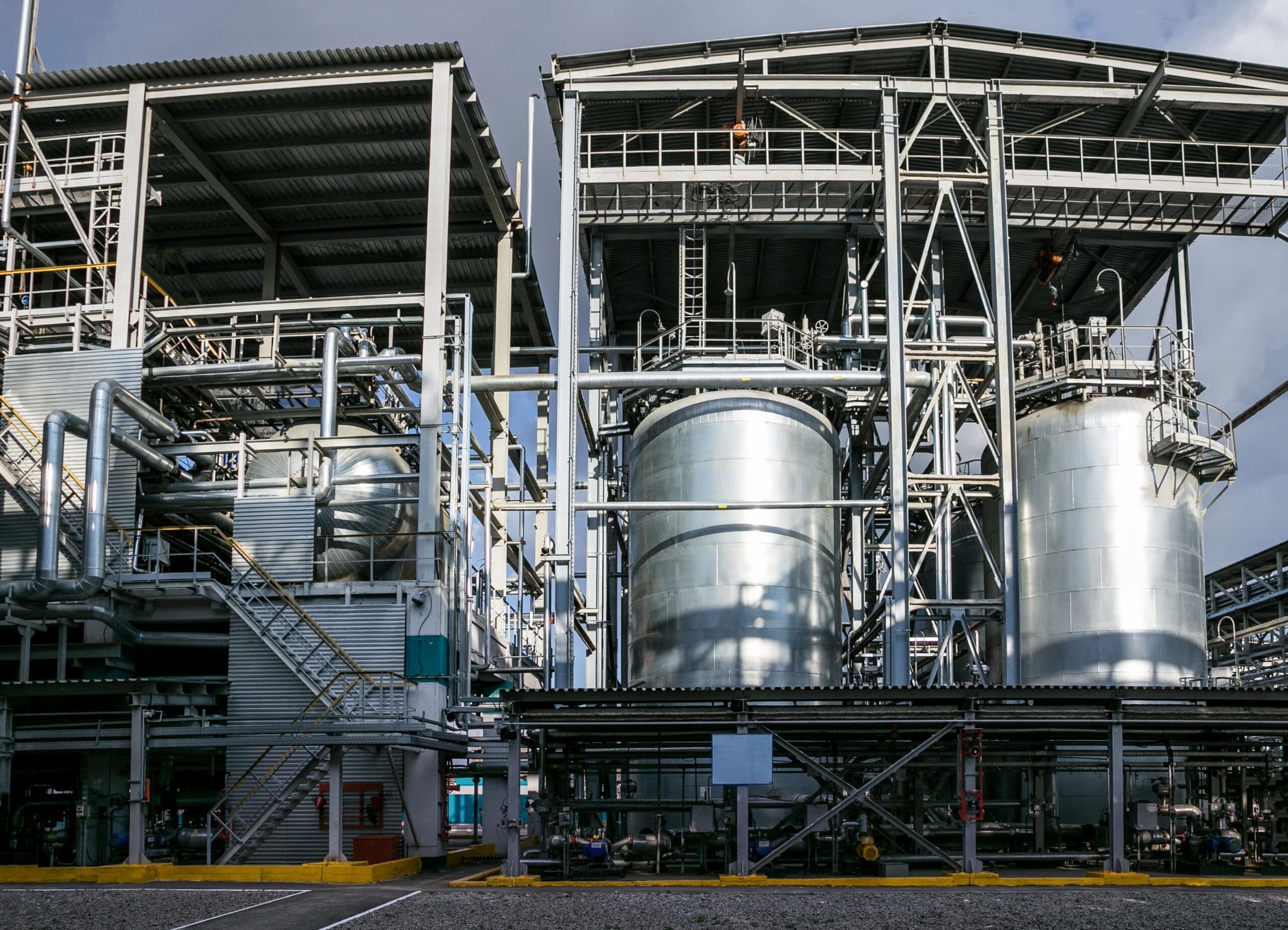
Explore sector
Petrochemicals, Oil and Gas
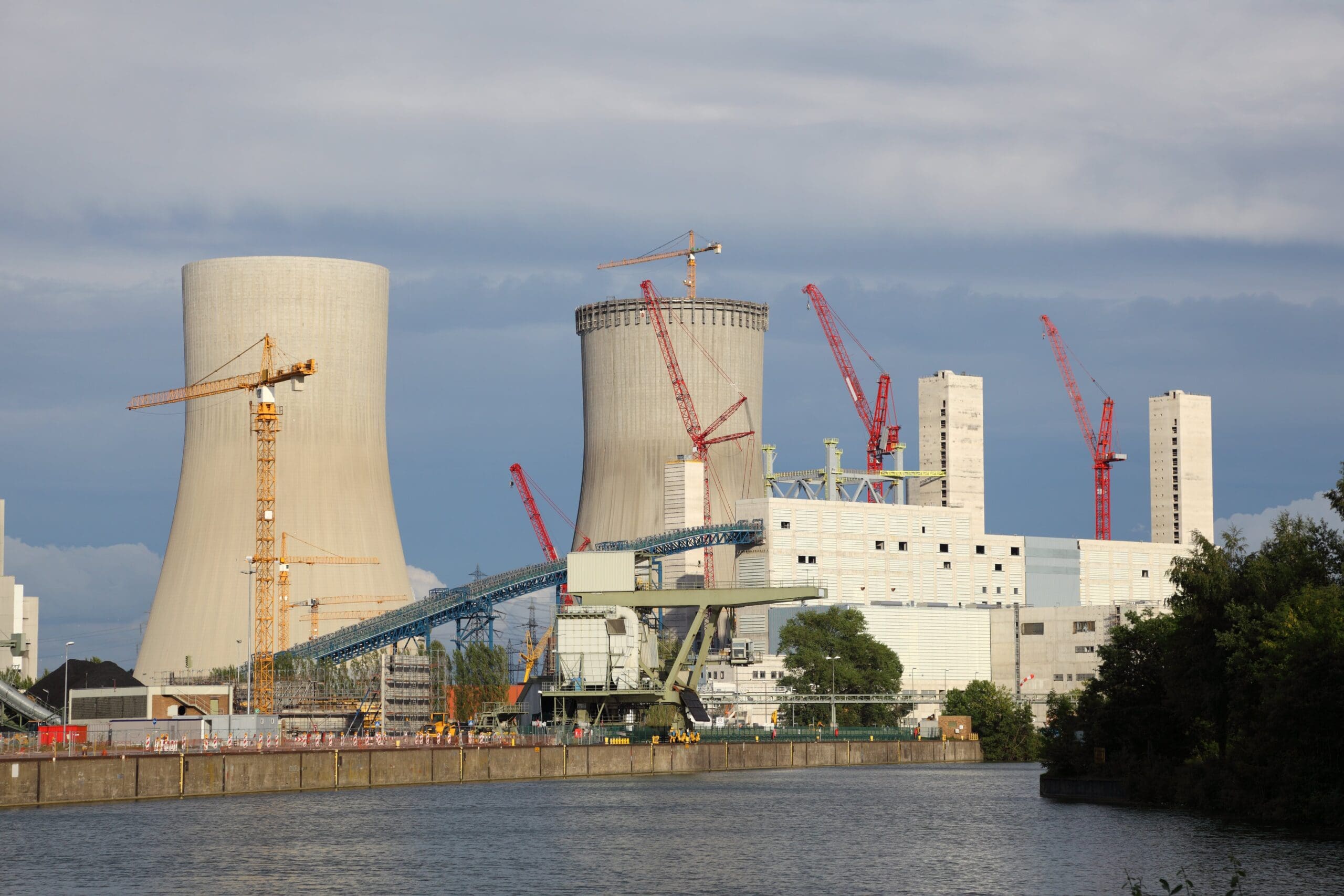
Explore sector
Power and Utilities

Explore sector
Rail
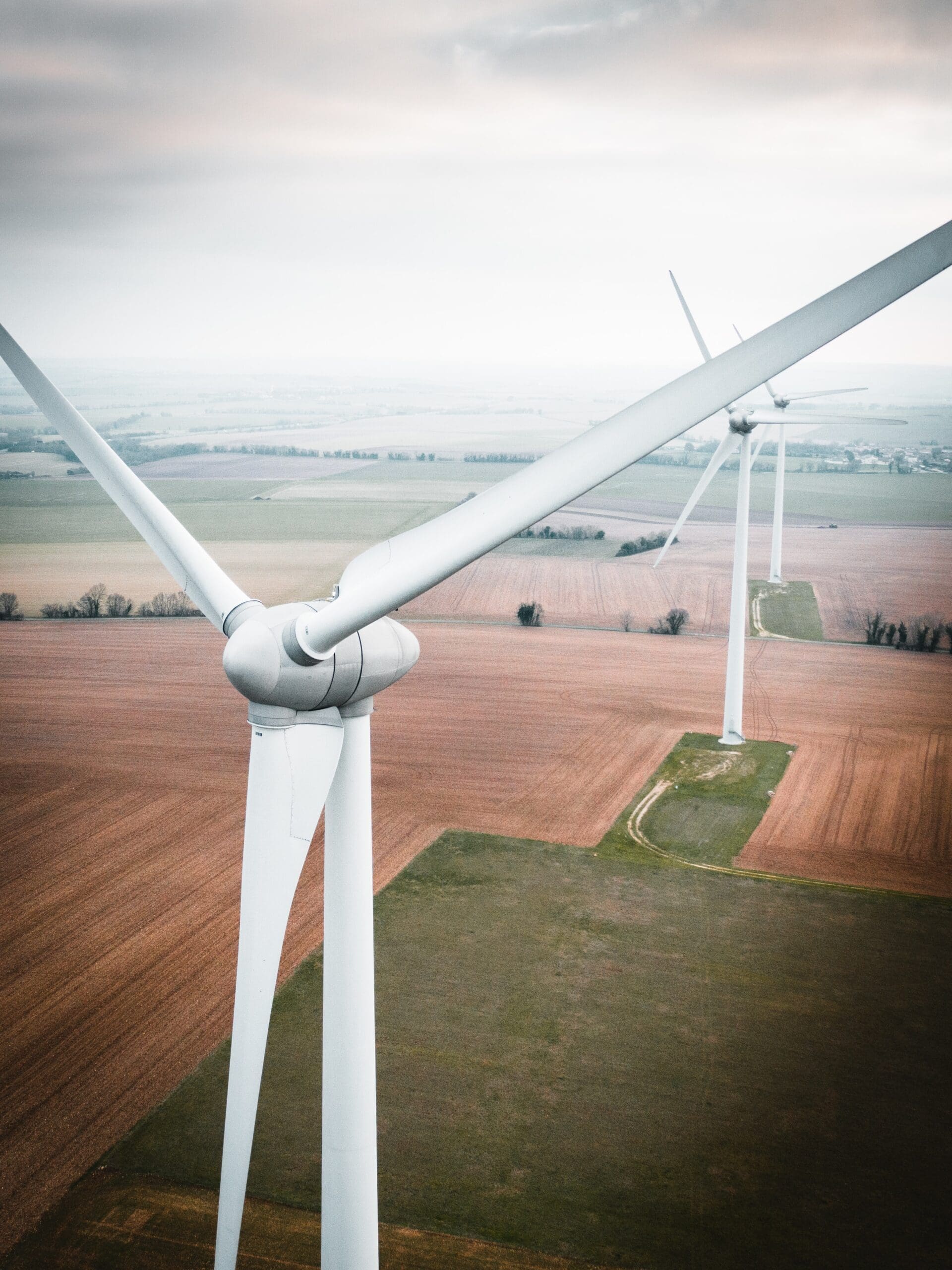
Explore sector
Renewables


Let’s talk. Ask us anything.
Send one of the team a message
Insights & news
Browse our latest articles
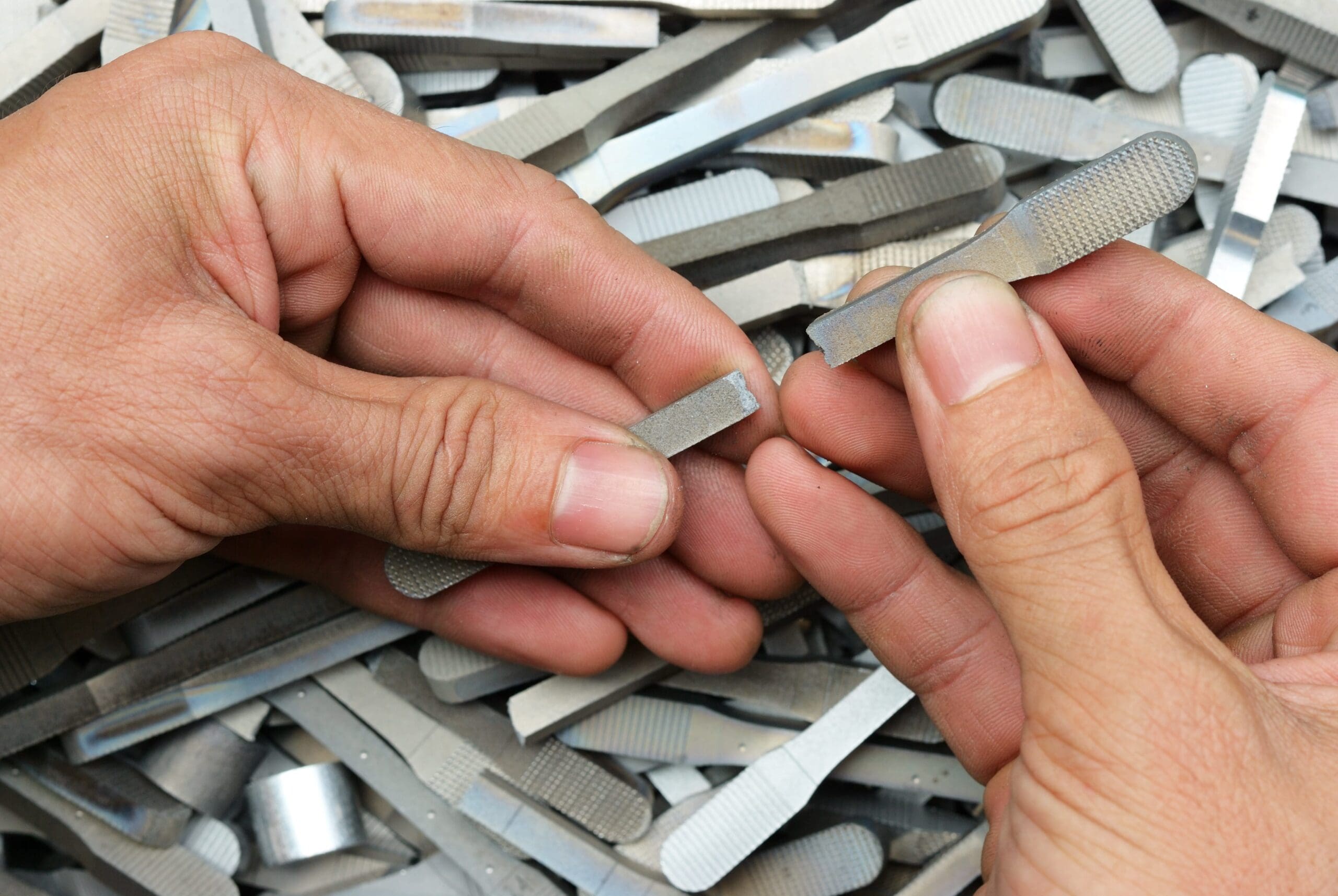
A Guide to Young’s Modulus and Material Stiffness
Testing
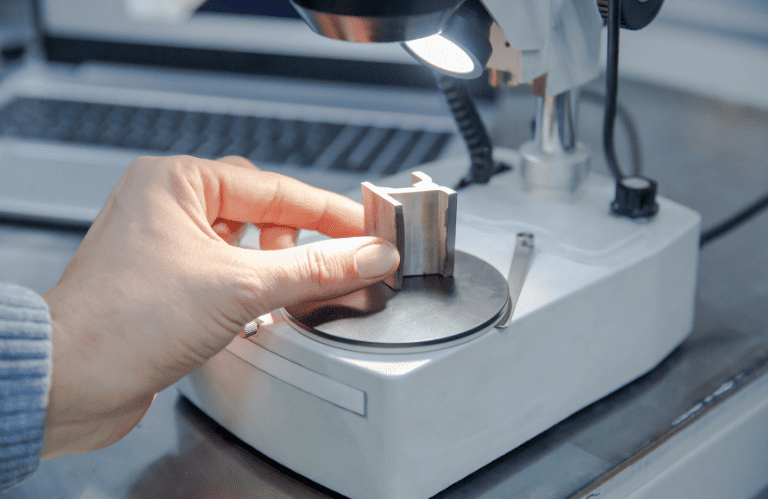
A complete guide to Metal Failure Modes and Analysis
Testing
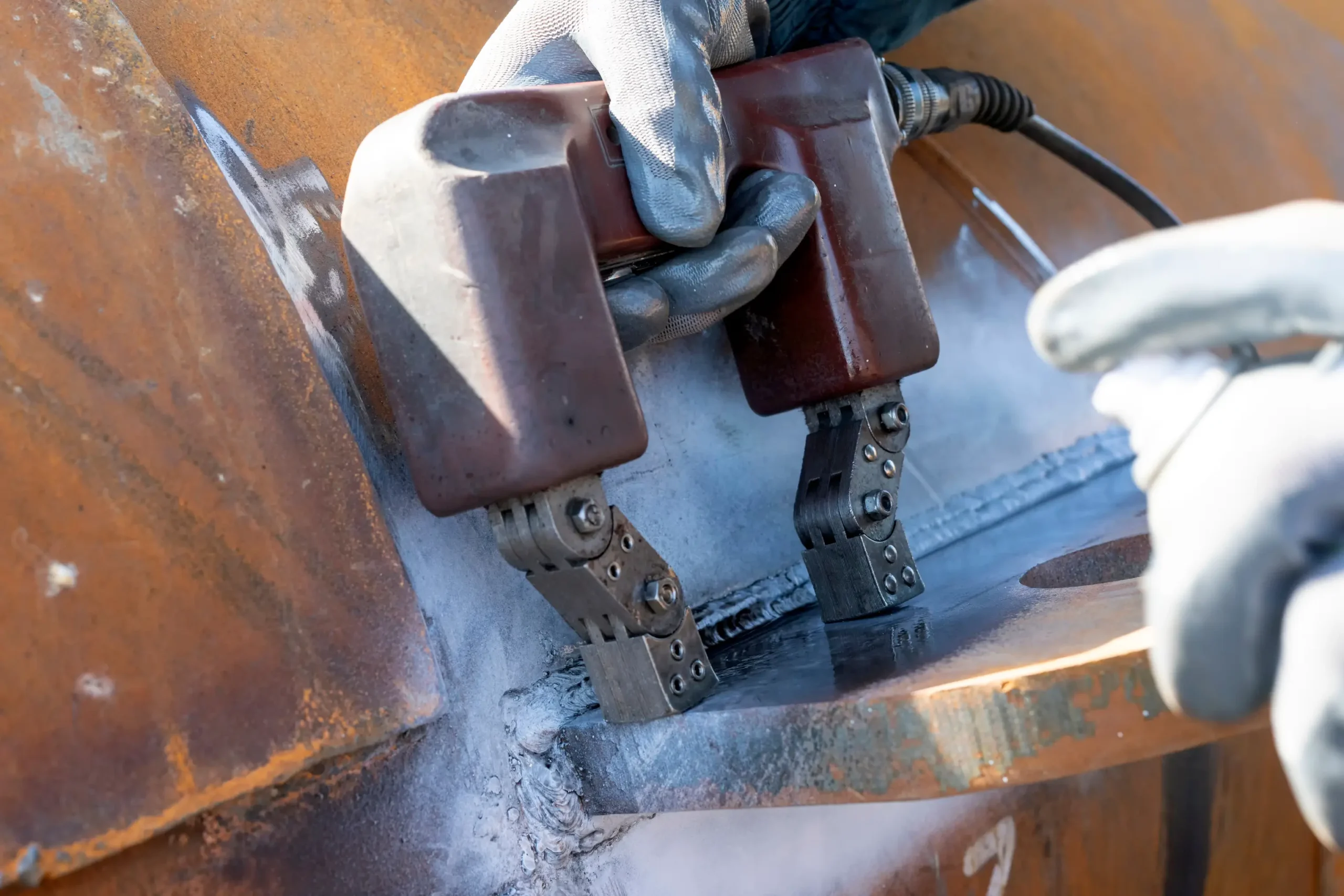
How combining NDT Methods ensures comprehensive asset protection
Testing

Factory Shutdowns: How to Manage Your Maintenance Operations Efficiently
Asset Reliability Electrical Inspection Testing
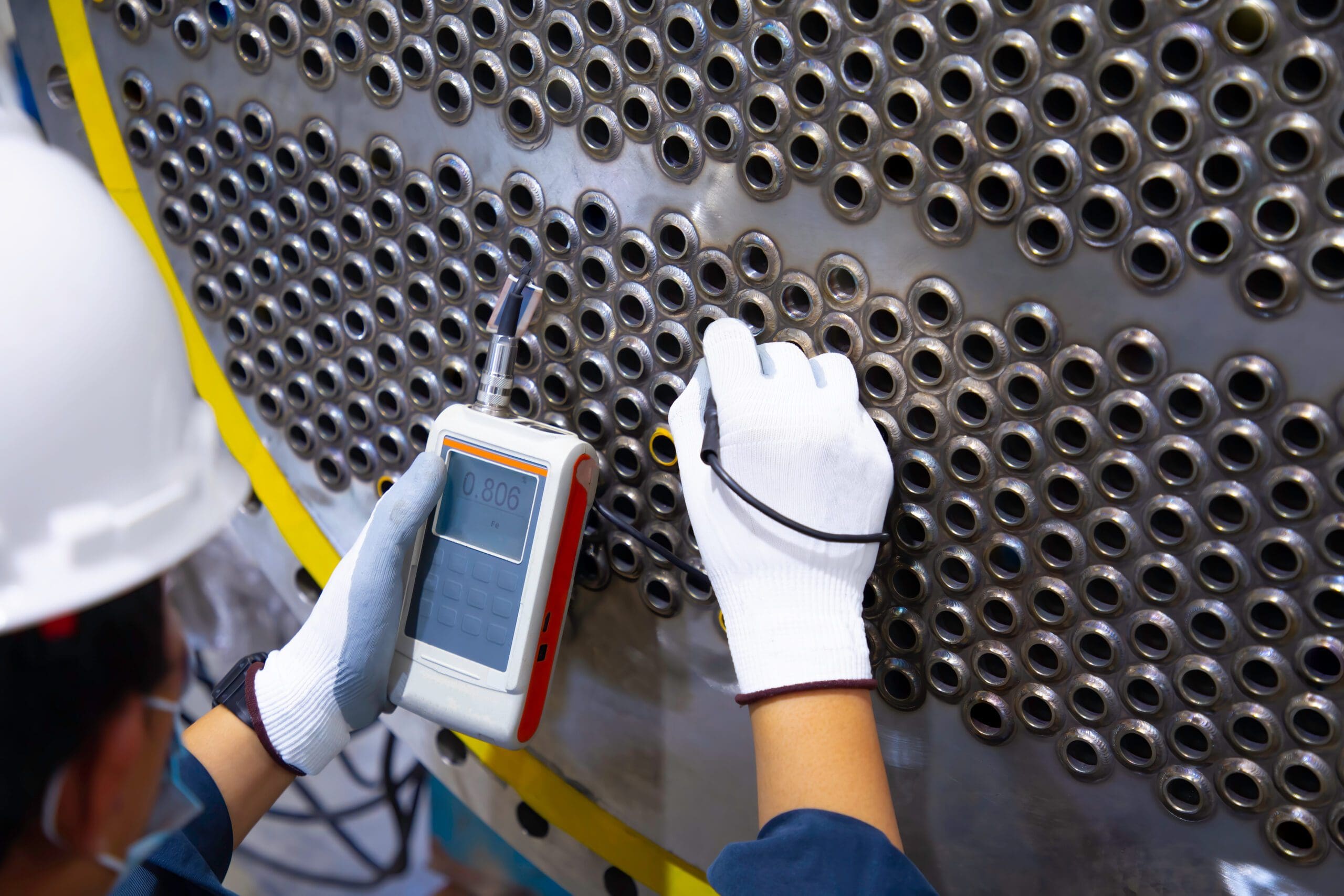
What Are the Different Methods of NDT Testing?
Testing
Other similar services...
Looking for something else? Explore similar services...
Let’s get you to the right person, fast.
Thank you, enquiry submitted!
Please check your inbox. We have sent you an email receipt of your enquiry.
We treat every enquiry with the upmost urgency. We’ll aim to get in touch with the relevant BES Group specialist and get back to you as soon as possible*.
Thank you again and have a great day.
 About BES Group
About BES Group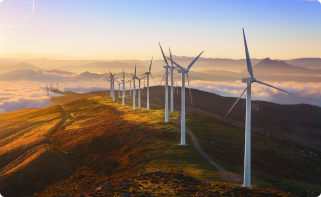 Accreditations & Credentials
Accreditations & Credentials Our Environmental, Social & Governance
Our Environmental, Social & Governance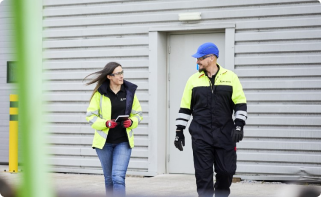 Careers at BES Group
Careers at BES Group Our Senior Leadership Team
Our Senior Leadership Team
